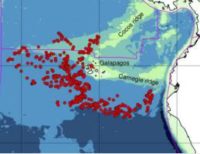
Credit: Princeton University
Scientists have identified a huge magma plume under the Galapagos archipelago using an array of floating robotic seismometers. In other news, the acronym writers have been working overtime. The robotic seismometers used in study have been named Mobile Earthquake Recording in Marine Areas by Independent Divers, or MERMAIDS.
The EuerkaAlert! reports: The researchers, from institutions in the United States, France, Ecuador and China, found that the volcanoes on Galápagos are fed by a source 1,200 miles (1,900 km) deep, via a narrow conduit that is bringing hot rock to the surface. Such “mantle plumes” were first proposed in 1971 by one of the fathers of plate tectonics, Princeton geophysicist W. Jason Morgan, but they have resisted attempts at detailed seismic imaging because they are found in the oceans, rarely near any seismic stations.
Continue reading →

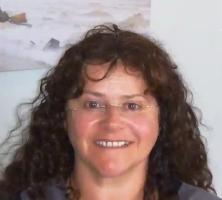







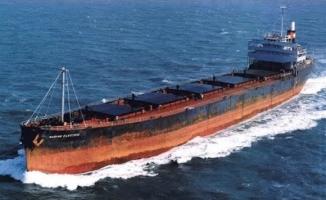 Originally posted in
Originally posted in  The
The 

 The
The 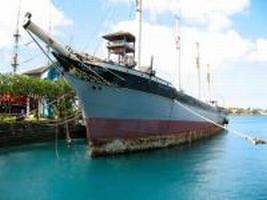 Even though it was expected, it still comes as a shock. Yesterday, the Hawaii Department of Transportation (HDOT) Harbors Division filed a
Even though it was expected, it still comes as a shock. Yesterday, the Hawaii Department of Transportation (HDOT) Harbors Division filed a  Did you, by any chance, lose a USB memory stick while kayaking sometime before November 2017, near Oreti Beach in Invercargill, a city on the southern tip of New Zealand’s southern island? If you did, the memory stick has been found and it is still functioning. There are some nice photos and
Did you, by any chance, lose a USB memory stick while kayaking sometime before November 2017, near Oreti Beach in Invercargill, a city on the southern tip of New Zealand’s southern island? If you did, the memory stick has been found and it is still functioning. There are some nice photos and 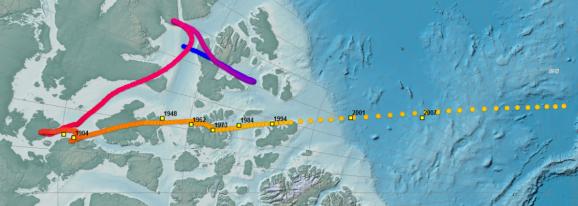 Recently, the media has somewhat breathlessly reported that the usually slow drift of the magnetic north pole has sped up dramatically. My favorite headline is from NPR which reads, “
Recently, the media has somewhat breathlessly reported that the usually slow drift of the magnetic north pole has sped up dramatically. My favorite headline is from NPR which reads, “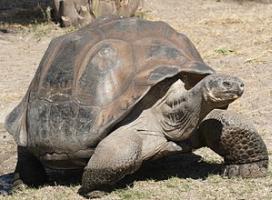 For the first time in 150 years, baby giant tortoises have been born on the Galapagos island of Pinzón. Biologists reported that they had observed
For the first time in 150 years, baby giant tortoises have been born on the Galapagos island of Pinzón. Biologists reported that they had observed  We are a few days late in wishing the iconic cartoon character,
We are a few days late in wishing the iconic cartoon character,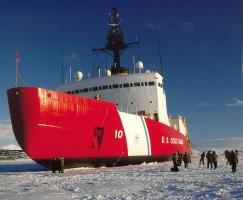 We recently posted an incomplete list of some of the great things that the US Coast Guard was doing while not getting paid during the government shutdown. One of the missions was the resupply of the US McMurdo Station in Antartica by the US heavy icebreaker
We recently posted an incomplete list of some of the great things that the US Coast Guard was doing while not getting paid during the government shutdown. One of the missions was the resupply of the US McMurdo Station in Antartica by the US heavy icebreaker 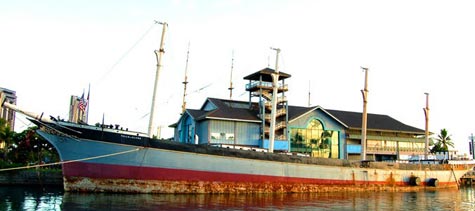 More bad news for the
More bad news for the  For the “blue water” Navy veterans suffering from the effects of Agent Orange from their service in Vietnam, a federal appeals court in Washington has done what the politicians have refused to do.
For the “blue water” Navy veterans suffering from the effects of Agent Orange from their service in Vietnam, a federal appeals court in Washington has done what the politicians have refused to do. 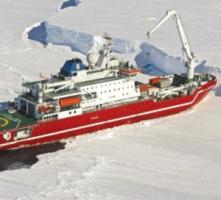 Last April, we
Last April, we 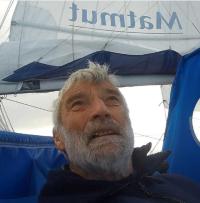 After 221 days alone at sea, 73-year-old French sailor,
After 221 days alone at sea, 73-year-old French sailor,